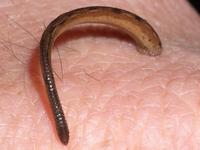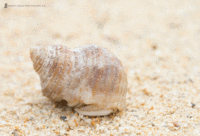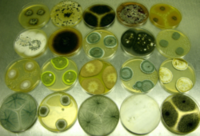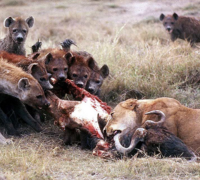Ecosystem
An ecosystem is a particular place that includes all of
the living things (plants, animals and organisms) in a given area, interacting
with each other, and also with their non-living environments (weather, earth,
sun, soil, climate, atmosphere). Ecosystems are the foundations of the
Biosphere and they determine the health of the entire earth system.
There are terrestrial
ecosystems and water ecosystems.
A pond is an example of a
water ecosystem. A pond is a quiet body of water that is often small. It
usually has a muddy bottom with aquatic plants around the edges. In a pond, the
temperature changes with the air temperature and is relatively uniform.
An example of a terrestrial ecosystem could be a forest.
Here you can see lots of animals: a deer, a rabbit, a wild boar, a fox, a mole, a woodpecker, an owl, a squirrel...
There are also fungi, vultures, trees, bushes, mice, worms, insects, bacteria, etc.
Habitat
Think about your home. You
probably woke up this morning in your bed. After getting dressed for school,
you might have opened the refrigerator in your kitchen to grab some milk for
your cereal and then you might have hugged your parents and pet your dog before
heading out the front door.
These interactions all took
place in your habitat. A habitat is the natural home or environment of a plant,
animal, or other organism. It provides the organisms that live there with food,
water, shelter and space to survive.

























